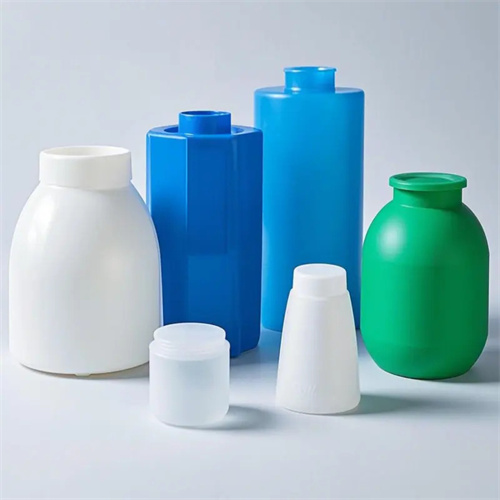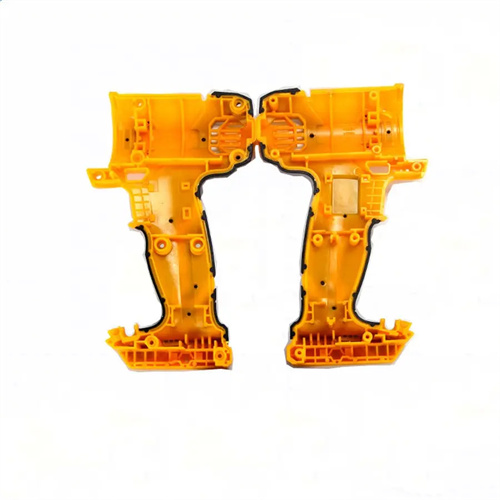Slider, hydraulic inclined core pulling and inclined slider three-way core pulling
A three-way core-pulling mechanism using a slider, hydraulic inclined core puller, and inclined slider is an integrated solution for multi-directional undercut demolding of complex plastic parts. It is widely used in precision injection molds in the automotive and home appliance industries. A certain automobile engine hood features undercuts in the X, Y, and Z directions. The X-direction consists of an 80mm-long side hole, three 15mm-deep grooves in the Y-direction, and a circular boss distributed along the inner side of the Z-direction. Traditional single-core-pulling methods were unable to meet these demolding requirements. By adopting an integrated three-way core-pulling design: a slider mechanism driven by an inclined guide pin in the X-direction, an inclined core puller driven by a hydraulic cylinder in the Y-direction, and an inclined slider in the Z-direction, all three mechanisms are linked through a PLC control system to ensure precise core-pulling and resetting sequences. This solution improved the hood’s demolding efficiency by 40% and increased the pass rate from 76% to 97%, meeting the mass production requirements of automotive parts.

Controlling the guide accuracy of the slider mechanism is essential for ensuring the synchronization of three-way core pulling, especially when multiple sliders are working together, where even slight guide deviations can lead to interference. The three-way core pulling system of a coffee machine housing includes two symmetrical sliders and one central slider. Initially, due to inconsistent clearances between the slider guide pins and guide sleeves (0.03-0.06mm), the movement speeds of the sliders were asynchronous during core pulling, resulting in localized damage to the plastic parts. By adopting precision-grade guide pins and guide sleeves (with a clearance of 0.01-0.02mm) and installing linear guides at the bottom of the sliders, the parallelism of the movement of each slider was controlled within 0.01mm/m, significantly improving synchronization. At the same time, a preload of 0.02mm was set at the connection between the slider and the cavity, and the elastic deformation of the material was used to compensate for assembly errors. The surface damage rate of the plastic part was reduced from 15% to 0.5%, and the appearance quality met the A-level standard.

The pressure and speed parameters for hydraulic oblique core pulling must be matched to the material properties of the plastic part. For brittle materials, excessively fast core pulling speeds can easily cause cracking in the part. A glass-fiber-reinforced PBT relay housing used a hydraulic oblique core pulling mechanism for its Y-axis undercut. Initially, the core pulling speed was set at 30 mm/s, resulting in cracks at the base of the undercut in 12% of the parts. Mechanical testing of the material revealed a significant increase in brittleness at tensile speeds exceeding 20 mm/s. Consequently, the hydraulic core pulling speed was reduced to 15 mm/s, and a segmented core pulling system was adopted: 5 mm/s for the initial 10 mm stroke, 15 mm/s for the middle 15 mm stroke, and 5 mm/s for the final 5 mm stroke, gradually releasing the core pulling force. This improvement completely eliminated cracking in the part, and increased core pulling time by only 1.5 seconds, with minimal impact on production cycle time.

The wedge angle design of the three-way core pulling mechanism of the inclined slider directly affects the core pulling force and reset reliability. Excessively large angles can lead to insufficient core pulling force, while too small an angle increases mold height. The Z-axis undercut of a medical device housing requires a 15° core pulling mechanism with an inclined slider. The original design used the same 15° wedge angle as the slider. This resulted in melt pressure causing the inclined slider to retreat during injection molding, resulting in dimensional deviations in the molded part. Through theoretical calculations and CAE simulations, the wedge angle was adjusted to 17°, 2° larger than the core pulling angle, ensuring sufficient locking force. T-slot guides were also added to the bottom of the inclined slider to improve motion stability. The improved slider’s retreat is now within 0.005mm, improving part dimensional accuracy and meeting the assembly requirements of the medical device. Furthermore, the improved guidance accuracy during reset prevents interference between the inclined slider and other mechanisms.

The lubrication and maintenance system for the three-way core-pulling mechanism is crucial for ensuring long-term stable operation. Improper lubrication of complex moving parts can easily lead to wear and seizure. After 10,000 cycles, the three-way core-pulling system in an air-conditioning compressor housing mold experienced unusual slider noise and speed fluctuations. Inspection revealed that the lubricant had lost its effectiveness under high temperatures. By adopting a high-temperature, long-lasting grease (with a temperature range of -20°C to 200°C) and installing oil reservoirs on each moving part, the lubrication cycle was extended from every 100 cycles to every 5,000 cycles. A regular maintenance system was also established: moving parts were cleaned and clearances checked every 10,000 cycles, and worn guides were replaced every 50,000 cycles. These measures increased the mold’s trouble-free run time from 30,000 cycles to 100,000 cycles, improving the overall equipment effectiveness (OEE) from 65% to 89%, significantly reducing downtime losses.
